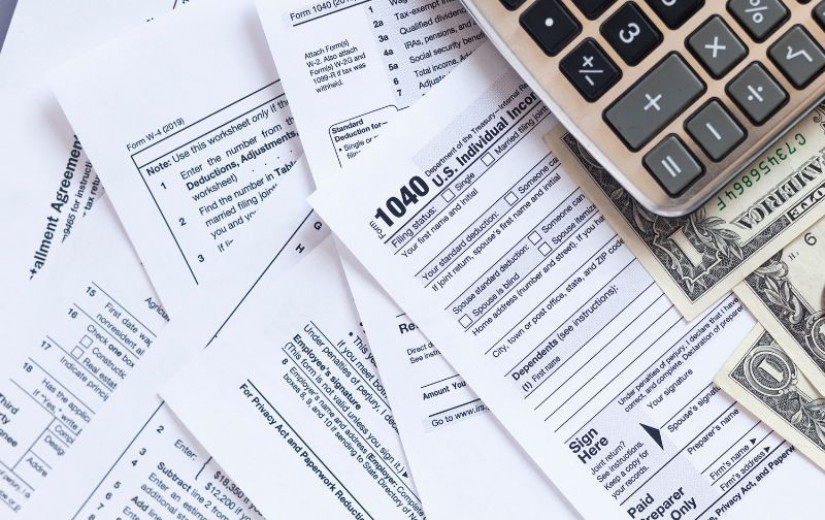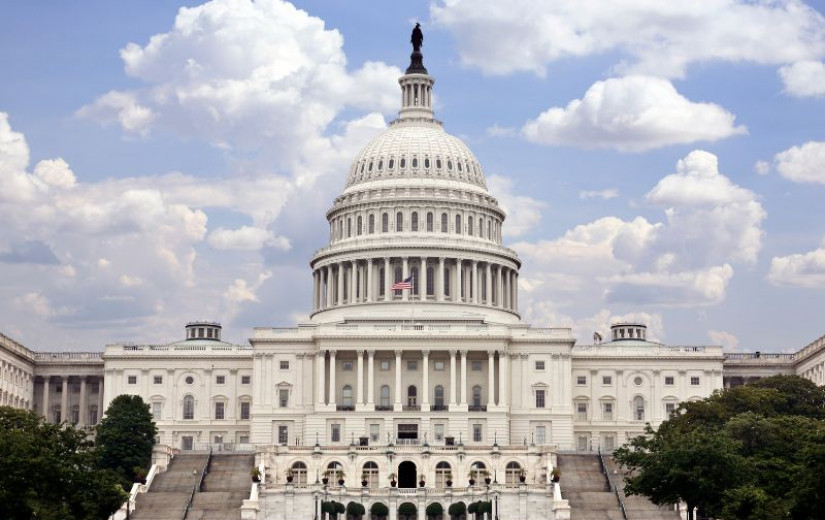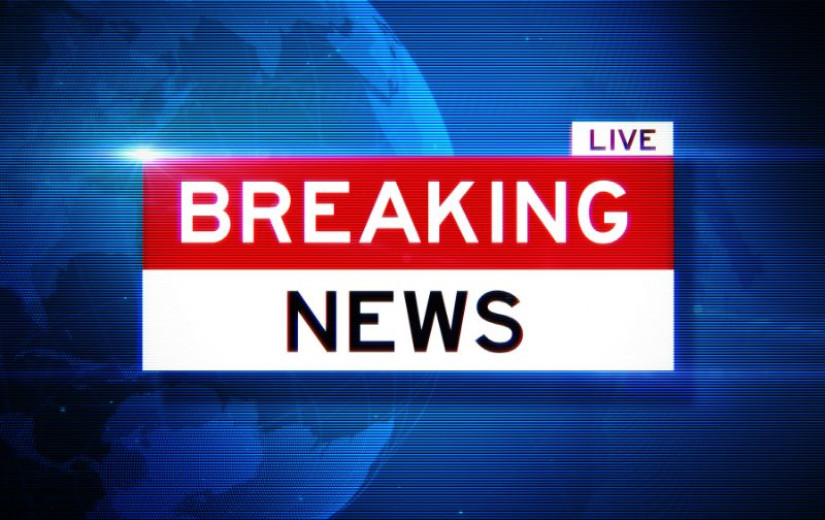
One consequence of a broken, distracted and internally focused opposition is that it gives the government leeway to do what it wants. Unencumbered.
Add a thumping electoral majority to the mix and what might be considered confidence can easily morph into hubris.
Labor is easily managing politically vexed problems while the dysfunction of the other side chews up endless column inches.
And to be fair, the ongoing fracturing of the Coalition is indeed a compelling story. Australians voted for a House of Representatives in which as many as 110 seats out of 150 could broadly be categorised as "progressive". The remainder are conservative.

Sussan Ley and David Littleproud have determined that net zero needs to be debated, reviewed and potentially dumped. (ABC News: Callum Flinn)
Net zero up for debate
That the Coalition would conclude from that result, as some conservatives loudly assert, that the answer is to veer even harder to the right by doubling down on culture wars is rather surprising.
"Really? What voters really wanted was a culture war out on the right?" said former Liberal candidate and political consultant David Gazzard. "If only we'd had a big old dinger with right wing ideology they would have voted for us?"
It's hard to shake the impression the Coalition continues to miss the May 3 memo from voters.
Sussan Ley and David Littleproud — both perched atop the restive dragon tails of their respective party rooms — have determined that net zero needs to be debated, reviewed and potentially dumped.
As one reader noted to this columnist, the whole scene is "like going to a party with old mates and realising you got your shit together and they're still on the bongs".
While the Coalition figures out how to mature its energy and climate idea over the next six years — during which time the renewables rollout will continue to deepen — the real game is with the government and what it's doing and not doing to manage a series of tricky decision points.
Nowhere is this more evident than Labor's move to green-light an extension to Woodside's North West shelf gas project.

The North West Shelf gas project in northern Western Australia has been extended. (ABC News: Charlie Mclean)
The Woodside decision
Given the backlash, Labor was politically canny to postpone its decision from the original deadline that would have coincided with the election.
Seats the government nearly lost to climate action independents such as Fremantle in WA and Bean in the ACT would no doubt have fallen. Wills in Victoria might have gone to the Greens. Adam Bandt might still be in parliament.
When it came on Wednesday, the project approval itself was no great surprise.
Woodside has been jumping through existing state and federal regulatory and environmental hoops and clearing them for the best part of seven years.
Manufacturing unions and WA's mining industry are delighted.
Minerals Council of Australia chief Tania Constable told the ABC on Friday that future critical minerals rare earth production needs the gas at competitive prices to develop those resources.
Murray Watt, who replaced Tanya Plibersek in the environment portfolio after the May 3 election, is pretty much the final rubber stamp.
But by extending the operating licence for the NorthWest Shelf from 2030 to 2070, Woodside and its investment partners can now work to unlock the vast Browse Basin off the WA coast, which climate groups have branded a "carbon bomb".
Watt has given Woodside until this coming week to agree to a number of final conditions.
These likely relate mostly to the proximate impact on Indigenous rock art of industrial emissions released during liquefaction of gas for export.
While relevant, such plant-level impacts are relatively minor.

Given the backlash, Labor was politically canny to postpone its Woodside decision from the original deadline that would have coincided with the election. (ABC News: Ian Cutmore)
The emissions that really matter
The emissions that really matter are those associated with the energy-intensive process of converting extracted gas into a liquefied form for export shipment.
Alongside "fugitive emissions" from leaks and flaring, such energy use across the gas industry accounts for a significant portion of overall national emissions. Potentially up to 10 per cent a year, according to Climate Change Authority data.
Critically for Labor, those "scope two" emissions don't come for free.
They add to the nationwide pollution burden and they weigh on Australia's global reputation as a fossil fuel super polluter that exports "scope three" emissions at an industrial scale.
Australia is about to ramp up its efforts in coming months to win hosting rights to next year's UN climate summit and younger voters continue to register alarm over the lack of urgency over climate action.
All of this should be uncomfortable ground for Labor.
Were the Liberals not still arguing about the basic entry-level proposition of whether net zero by 2050 should remain on their policy books, they might instead be squeezing the government over the North West shelf decision and its climate policy performance more broadly.
Energy and Climate Change Minister Chris Bowen is currently awaiting advice from the Climate Change Authority on what the nation's 2035 emissions reduction target should be.
Authority chairman Matt Kean — a former NSW Liberal treasurer and energy minister appointed by Labor nearly a year ago — is busy crunching the numbers on a proposed emissions target for 2035.
The range the authority believes is consistent with Australia meeting its obligations to the Paris climate agreement (which seeks to limit global average temperature increases "to well below 2 degrees Celsius") would be an emissions cut of between 65 per cent and 75 per cent of the nation's level in 2005. That would extend the current 2030 target for a 43 per cent reduction.
This column understands the Climate Change Authority's modelling does not currently include the impact from the Woodside extension or Browse, but that it will be significant.
That work is being done now.
How does the Safeguard Mechanism deal with this?
For Bowen the yet-to-be answered question is how exactly this gets managed under his existing Safeguard Mechanism policy.
A carrot and stick approach that aims to force down industrial and resources emissions in coming years, the mechanism works by penalising big polluters that fail to adopt low-emissions alternatives or by making them buy a limited pool of carbon offsets.
Kean, who has plenty of experience in this space, will no doubt be urging Labor to make Woodside pay its own emissions bill rather than socialising the cost on the rest of the economy.
Kean might indeed be telling Bowen that the company, which maintains an official "aspiration of net zero by 2050 or sooner", be required to source the energy it needs for its export operations from renewables rather than fossil fuels. That would be expensive. But so is decarbonising an entire economy.
Watt does not appear to have put any such condition on Woodside, but that does not mean the issue now goes away.
Labor is racing to pass its environmental protection legislation when parliament resumes next month.
The Greens, whom Labor needs in the Senate, will again likely insist that climate impacts of big new projects like Browse be taken into consideration.
Labor counters that its Safeguard Mechanism should be the primary policy of industrial emissions action.
But Australians are yet to see firm evidence it's working as advertised.
Indeed the government continues to whistle past the graveyard on national emissions.

Energy and Climate Change Minister Chris Bowen is currently awaiting advice on what the nation's 2035 emissions reduction target should be. (ABC News)
Australia's weak emissions performance
Official quarterly data released on Friday shows Australia's greenhouse gas reduction performance has tanked.
Emissions inched lower last year by an essentially invisible 0.05 per cent to an estimated 446.4 million tonnes, the fourth year in a row that progress has stalled.
To get emissions down to 350 million tonnes — the legislated 2030 target — will now require six straight years in which pollution falls by an average 3.6 per cent. A tall order, you might say.
The reasons behind this weak performance are equally discouraging.
Agricultural emissions fell 2 per cent last year because crop production declined. Energy emissions were up 2.2 per cent because lower hydro generation led to more reliance on coal power. Meanwhile transport was up 1.9 per cent as aviation consumption reached a record.
The only good news was from industry, where emissions fell 5 per cent thanks to technology and production changes in chemicals and metals sectors.
Labor's safeguard mechanism is "inadequate" for the challenges facing the nation because of emissions such as the NorthWest Shelf, warns Amanda McKenzie, CEO of the Climate Council, a group that campaigns against climate pollution.
"There's no way to sequester those emissions," McKenzie says.
"If you allow your fossil fuel sector to expand and you don't have tight enough targets in the safeguard that put pressure on those projects to cut emissions, then other sectors like agriculture and transport have to do more.
"The idea that this is an offshore problem is entirely false because any fossil fuel project is using fossil fuels for export.
"So we have to account for that climate pollution in Australia."
It's a point the opposition might care to make. If it wasn't so busy toying with a world where doing nothing is the apparent answer.









